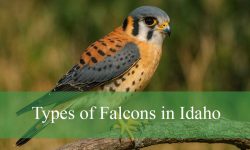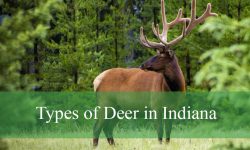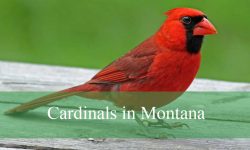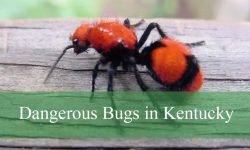Ravens have long fascinated humans with their intelligence, mysterious nature, and striking appearance. These large, black birds are often associated with mythology, folklore, and symbolism. One intriguing question many people ask is: what is a group of ravens called?
This article explores not only the answer to this question but also the remarkable behavior, social structure, and cultural significance of ravens. Join me on this fascinating journey to uncover amazing facts about groups of ravens.
Understanding Ravens: An Introduction
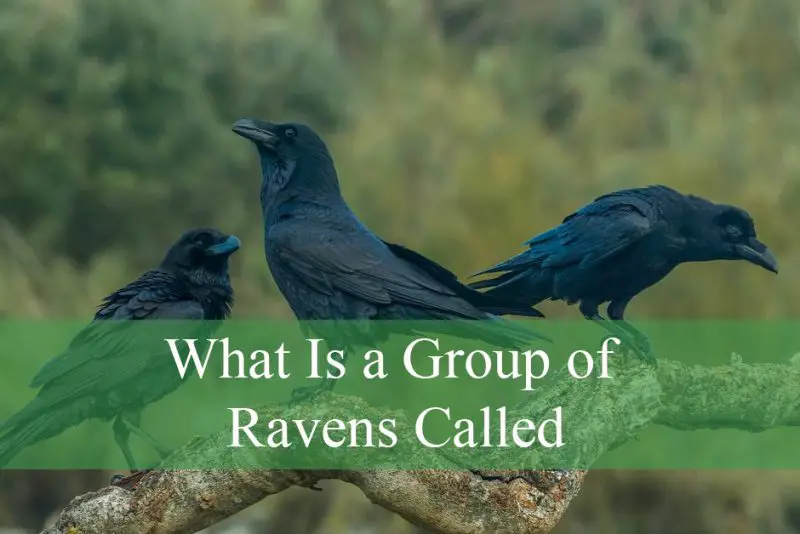
Before delving into the terminology for groups of ravens, it’s important to understand what makes ravens so special. Ravens belong to the genus Corvus, which also includes crows, rooks, and magpies. The common raven (Corvus corax) is one of the largest perching birds in the world, notable for its glossy black feathers, impressive wingspan, and distinctive croaking call.
Ravens are highly intelligent, demonstrating problem-solving skills comparable to primates. They have the ability to use tools, recognize themselves in mirrors, and communicate complex ideas within their groups. These cognitive abilities contribute to their intriguing social dynamics, especially when they gather in groups.
The Term for a Group of Ravens
When it comes to naming groups of animals, English has a rich tradition of colorful and poetic collective nouns. For ravens, the traditional and widely accepted term is a “murder” of ravens. This name shares similarity with a group of crows, which is also called a murder.
The word “murder” in this context is believed to have originated in the late Middle Ages, a period known for fanciful and imaginative collective nouns often inspired by superstitions and observations of animal behavior. These terms were popularized in the 15th and 16th centuries through books such as The Book of Saint Albans.
Despite the somewhat ominous sound of “murder,” it does not imply violence among ravens. In reality, ravens are social and cooperative birds. The term is more reflective of their association with death and the supernatural in folklore rather than their actual behavior.
Alternative Terms for Groups of Ravens
Though “murder” is the most recognized collective noun, other less common terms exist. For instance, some people use the word “unkindness” of ravens, which also carries a dark, poetic tone. Another rare term is a “conspiracy” of ravens, evoking the bird’s reputation for intelligence and secretive nature.
In scientific contexts, however, groups of ravens are often simply referred to as flocks. When observing their behavior in nature, birdwatchers and researchers tend to use neutral terms like “group” or “flock” to avoid confusion.
How Ravens Behave in Groups
Ravens are versatile in their social habits. Unlike many bird species that strictly form flocks, ravens display a range of social behaviors depending on age, season, and environment.
Young ravens often form groups called “juvenile flocks,” which help them learn survival skills and build social bonds. These groups can be quite large and noisy, filled with play and social interactions.
Adult ravens are more territorial and may be found in pairs or small groups, especially during the breeding season when they guard their nesting sites fiercely. However, outside the breeding season, ravens sometimes gather at abundant food sources, such as carcasses, where dozens can congregate peacefully.
Ravens also engage in cooperative behaviors such as mobbing predators or hunting in pairs. Their ability to communicate through a wide range of vocalizations and body language enhances coordination within their groups.
Ravens in Mythology and Culture
The mysterious aura surrounding ravens has inspired countless myths and stories across cultures. Their black feathers and presence near battlefields or places of death earned them reputations as omens or messengers from the otherworld.
In Norse mythology, the god Odin was accompanied by two ravens named Huginn and Muninn, representing thought and memory. These ravens flew across the world to gather knowledge and report back to Odin, symbolizing wisdom and insight.
In many Native American cultures, the raven is seen as a trickster figure, a creator, or a transformer. Stories highlight their cleverness and ability to shape-shift, reinforcing their association with intelligence and mystery.
The collective noun “murder” fits this cultural backdrop, evoking the dark and enigmatic qualities attributed to ravens for centuries.
Scientific Research on Raven Social Groups
Modern ornithologists have studied ravens extensively to understand their social systems. Research reveals that ravens have complex social networks and exhibit behaviors once thought unique to mammals like primates and dolphins.
For example, studies show ravens engage in tactical deception, remembering individuals who helped or harmed them, and adjusting their interactions accordingly. Such cognitive sophistication suggests that group dynamics among ravens are highly nuanced.
Additionally, ravens are known to form long-term pair bonds, but they also maintain broader social ties with other ravens. This flexibility allows them to adapt to changing environments and resources.
The Role of Ravens in Ecosystems
Groups of ravens play an important ecological role. As scavengers, they help clean up carcasses and reduce the spread of disease. Their presence also affects populations of other species, as ravens sometimes prey on small animals or eggs.
When ravens gather in groups, they can influence the behavior of predators and prey in their environment. For instance, their mobbing behavior can deter larger birds of prey, protecting not only themselves but also other smaller birds.
Their intelligence and adaptability make ravens resilient, allowing them to thrive in various habitats from forests and mountains to urban areas.
Observing a Group of Ravens in the Wild
If you are interested in seeing a group of ravens in nature, look for open areas with food sources or places where juveniles might gather. Ravens often perch in tall trees or on cliffs where they can survey the landscape.
Listening for their deep, resonant calls can help locate them. Observing their social interactions — playful antics, vocal communication, or cooperative feeding — provides fascinating insights into their group behavior.
Birdwatchers appreciate the challenge of distinguishing ravens from other black birds like crows or grackles, but their larger size, wedge-shaped tail, and soaring flight style are key identifiers.
Fascinating Facts About Ravens and Their Groups
Beyond their collective noun, ravens have many fascinating traits worth exploring. Their vocal repertoire includes mimicking sounds from their environment, including human speech in captivity.
Ravens can solve complex puzzles, such as using tools to access food, and they demonstrate empathy by consoling distressed companions.
Groups of ravens may perform aerial acrobatics together, displaying social bonding and physical fitness.
These amazing abilities emphasize why ravens continue to captivate human imagination.
FAQs about What Is a Group of Ravens Called
What is the collective noun for a group of ravens?
The most well-known term for a group of ravens is a “murder.” This poetic name dates back to medieval times and reflects the bird’s association with mystery and folklore.
Are ravens aggressive when they gather in groups?
Despite the ominous term “murder,” ravens are generally social and cooperative within their groups. They often gather peacefully, especially around food sources or during non-breeding seasons.
Do ravens form lifelong bonds?
Yes, ravens typically form strong pair bonds that can last for life. However, outside of these pairs, they also interact in larger social groups with complex dynamics.
How can I tell a group of ravens apart from a group of crows?
Ravens are larger than crows, have a wedge-shaped tail, and a deeper, more resonant call. Their flight style is also more soaring compared to the flapping flight of crows.
Why are groups of ravens called a “murder”?
The term “murder” comes from old English collective nouns inspired by superstition and folklore, reflecting the raven’s dark symbolism rather than actual violent behavior.
Conclusion
To answer the question, what is a group of ravens called? The traditional and most famous term is a “murder” of ravens. This poetic name reflects centuries of cultural symbolism, mystery, and fascination with these intelligent birds.
Ravens’ social behavior is complex and flexible, with groups varying from juvenile flocks to adult pairs and cooperative gatherings. Their intelligence, adaptability, and presence in folklore have earned them a unique place in the animal kingdom and human culture.
Whether you encounter a small group or a large gathering of ravens, observing them offers a glimpse into the remarkable world of one of nature’s most captivating birds.

